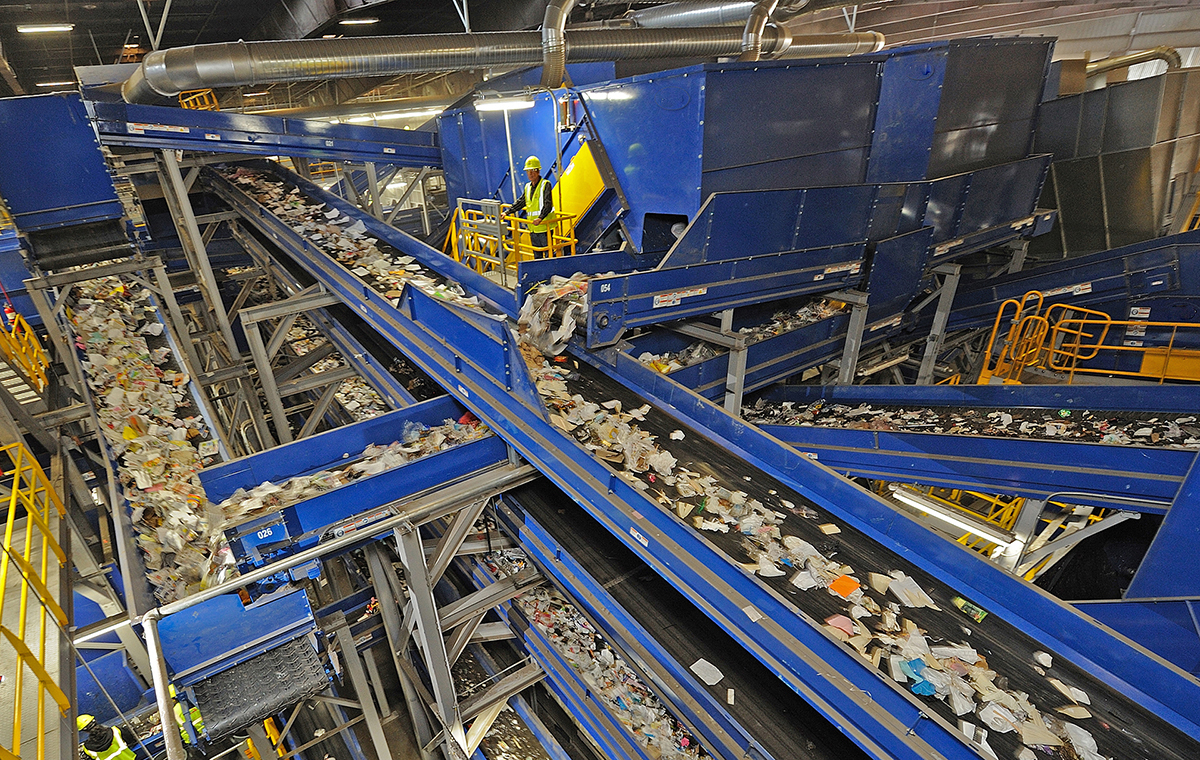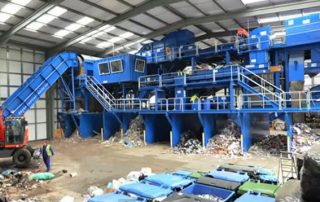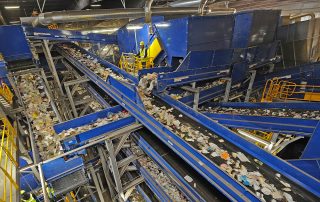
Waste sorting or classification is the process, by which waste is separated into different elements. Sorting may be done manually in houses and collected through collection systems or be done automatically in materials recovery facilities or biological installations. Hand separation was the first method used in the history of waste sorting. Also sorting may be done at civic amenity sites.
All solid waste materials (putrescible and non- putrescible), produced in houses, centers for supplying, distributing and selling food, industrial, commercial and agricultural institutes, hospitals and health care centers are called waste. In addition to environment pollution, large amount of our renewable resources is lost by throwing away these wastes. Nowadays, recycling industry is one of the approaches for creating added value and increasing efficiency in society.
Waste sorting means dividing waste into dry and wet types. Dry waste includes wood and related products, metals and glass. Wet wastes can also be divided to biodegradable and non-biodegradable ones.
Objectives of Recycling Waste and Producing Compost
· Improving wastes’ storage, collection and recycling method
· Purifying dry wastes (artificial materials) for their optimum recycling and recovery to production cycle
· Preventing national capitals’ loss and contributing to macroeconomics of the country
· Minimizing waste landfill and its elimination in future
· Improving the quality of municipal services
· Protecting the environment and avoiding the production and emission of pollutants
· Improving public culture with regard to waste materials
Mapta Company is representing European companies, and is relying on its manufacturing capability for designing and producing mechanized and semi-mechanized lines for municipal waste separation and is able to implement waste separation turnkey EPC projects.
These lines have minimum energy consumption and labor force and maximum efficiency.


